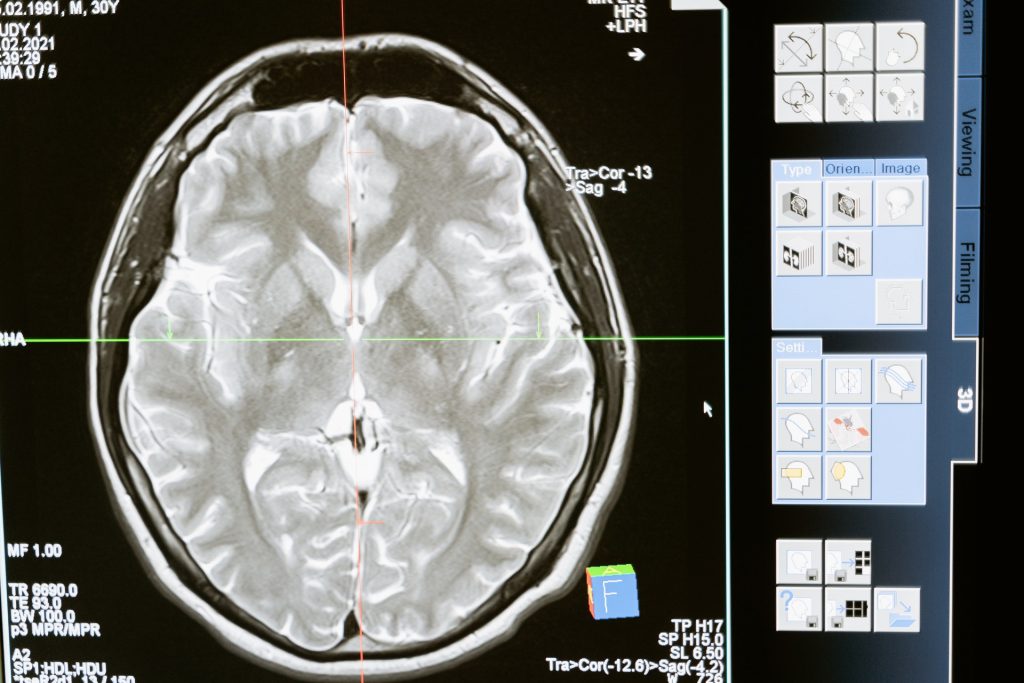
A new study has uncovered insights into white matter changes that occur during chronic traumatic encephalopathy (CTE), a progressive brain disease associated with repetitive head impacts. This discovery may help in identifying new targets for therapies.
CTE been diagnosed after death in the brains of American football players and other contact sport athletes as well as members of the armed services. The disease has been identified as causing impulsivity, explosivity, depression, memory impairment and executive dysfunction.
Though much prior research focused on repetitive head trauma leading to the development of abnormal tau, this study focused on white matter changes, particularly the oligodendrocytes which myelinate nerve sheaths. The results have been published online [PDF] in the journal Acta Neuropathologica.
“Research to date has focused on the deposition of abnormal tau in the gray matter in CTE. This study shows that the white matter undergoes important alterations as well. There is loss of oligodendrocytes and alteration of oligodendrocyte subtypes in CTE that might provide new targets for prevention and therapies,” explained corresponding author Ann McKee, MD, chief of neuropathology at VA Boston Healthcare, director of the BU CTE Center.
Dr McKee and her team isolated cellular nuclei from the postmortem dorsolateral frontal white matter in eight cases of CTE and eight matched controls. They conducted single-nucleus RNA-seq (snRNA-seq) with these nuclei, revealing transcriptomic, cell-type-specific differences between the CTE and control cases. In doing so, they discovered that the white matter in CTE had fewer oligodendrocytes and the oligodendroglial subtypes were altered compared to control tissue.
Since previous studies have largely focused on the CTE-specific tau lesion located in the cortex in the brain, these findings are particularly informative as they explain a number of features of the disease. “In comparison, the cellular death process occurring in white matter oligodendrocytes in CTE appears to be separate from the accumulation of hyperphosphorylated tau,” she said. “We know that the behavioural and mood changes that occur in CTE are not explained by tau deposition. This study suggests that white matter alterations are also important features of the disease, and future studies will determine whether these white matter changes play a role in the production of behavioral or mood symptoms in CTE, such as explosivity, violence, impulsivity, and depression.”
Source: Boston University School of Medicine
Journal information: Chancellor, K. B., et al. (2021) Altered oligodendroglia and astroglia in chronic traumatic Encephalopathy. Acta Neuropathologica. doi.org/10.1007/s00401-021-02322-2.

